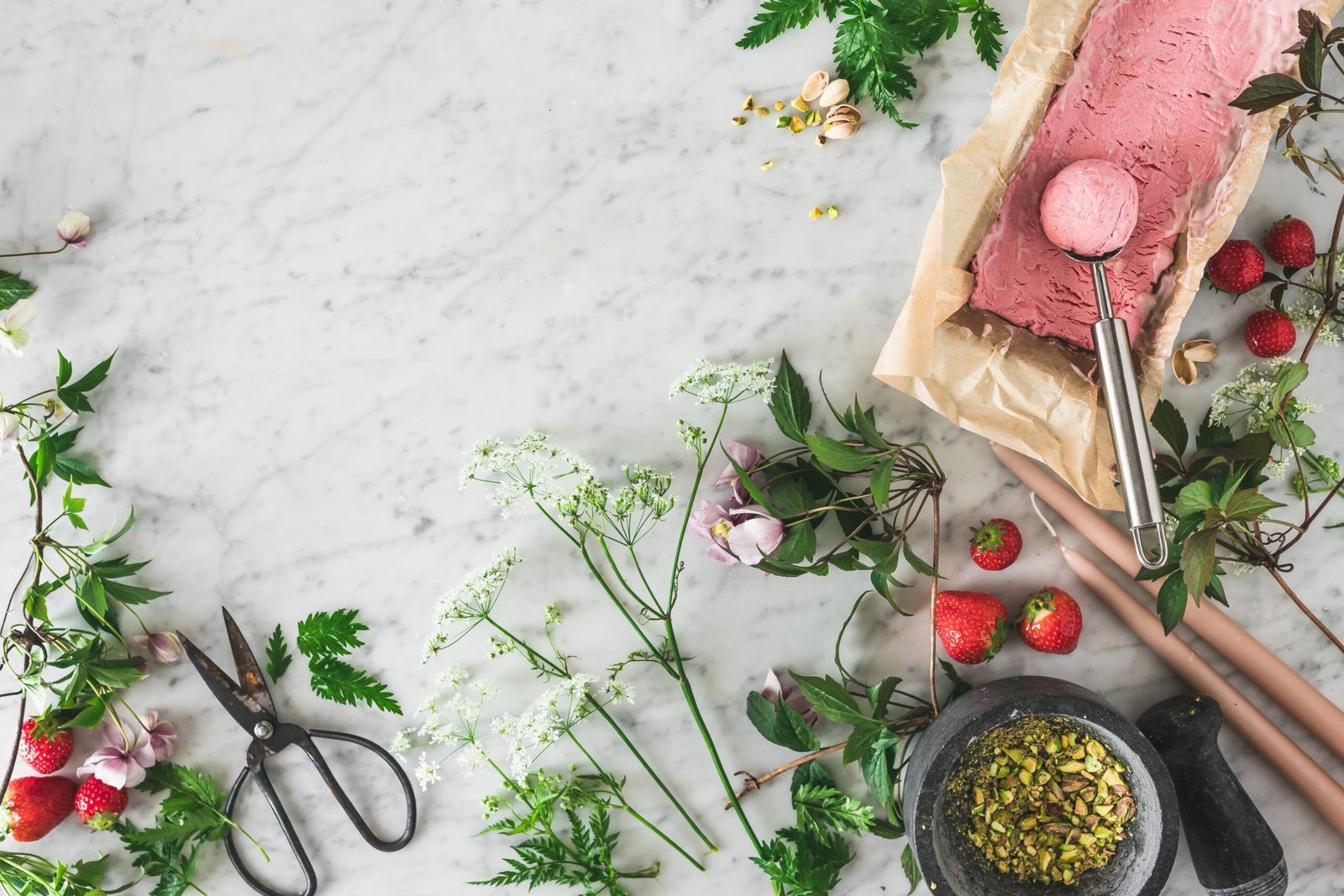The History of Tea
Tea, the second most consumed beverage in the world after water, has a rich and fascinating history that dates back thousands of years. Legend has it that tea was discovered in China by Emperor Shen Nong in 2737 BC when a few leaves from a wild tea tree fell into his boiling water. Intrigued by the aroma and taste, he began to explore the potential of the plant, thus starting the journey of tea.
From China, tea spread to other parts of Asia, including Japan, India, and Korea. It was not until the 17th century that tea made its way to Europe, becoming a popular drink among the aristocracy. The British, in particular, played a significant role in the global tea trade, establishing plantations in India and Sri Lanka.
The Different Types of Tea
There are four main types of tea: green, black, oolong, and white. The differences in taste, appearance, and aroma are a result of variations in processing methods.
- Green tea: Green tea is made from unoxidized leaves and is known for its fresh, grassy flavor. It is rich in antioxidants and is believed to have numerous health benefits.
- Black tea: Black tea is fully oxidized, giving it a robust and bold flavor. It is the most widely consumed type of tea worldwide and is often enjoyed with milk and sugar.
- Oolong tea: Oolong tea is partially oxidized, resulting in a flavor profile that falls between green and black tea. It is known for its complex and floral notes.
- White tea: White tea is the least processed of all teas and is made from young leaves and buds. It has a delicate and subtle flavor, often described as floral or fruity.
The Art of Brewing Tea
Brewing tea is both a science and an art. The right temperature, steeping time, and water quality can significantly impact the taste and aroma of the final cup.
Here are some general guidelines for brewing tea:
- Use fresh, filtered water to enhance the flavor of the tea.
- Green and white teas are best brewed at lower temperatures (around 175°F or 80°C) to preserve their delicate flavors. Steep for 2-3 minutes.
- Black and oolong teas can withstand higher temperatures (around 200°F or 93°C) and longer steeping times. Steep for 3-5 minutes.
- Experiment with different steeping times and water temperatures to find your preferred taste.
- Invest in high-quality loose leaf tea for the best flavor. Tea bags may contain lower-grade tea leaves.
Tea Culture Around the World
Tea has become an integral part of many cultures around the world, each with its own unique traditions and rituals.
In China, the traditional tea ceremony is a highly formalized ritual that emphasizes harmony, respect, and tranquility. In Japan, the tea ceremony, known as “chanoyu,” is a spiritual practice that celebrates simplicity and mindfulness.
In India, tea is a staple beverage, with “chai” being the most popular form. It is often brewed with a combination of spices, milk, and sugar, creating a rich and flavorful drink.
Tea has also found its way into British culture, where afternoon tea is a cherished tradition. Served with scones, sandwiches, and pastries, it is a social occasion that brings people together.
The Benefits of Tea
In addition to its delightful taste, tea offers numerous health benefits. It is rich in antioxidants, which help protect the body against free radicals and reduce the risk of chronic diseases.
Tea also contains caffeine, which can provide a gentle energy boost without the jitters associated with coffee. It is also hydrating and can contribute to your daily fluid intake.
Bottom Line
Tea is more than just a beverage; it is an art form that spans centuries and cultures. From its ancient origins in China to its global popularity today, tea continues to captivate and delight people around the world.
Whether you prefer a delicate cup of green tea or a robust black tea, brewing the perfect cup requires knowledge, patience, and a touch of creativity. So next time you sit down with a steaming cup of tea, take a moment to appreciate the artistry that went into creating it.




